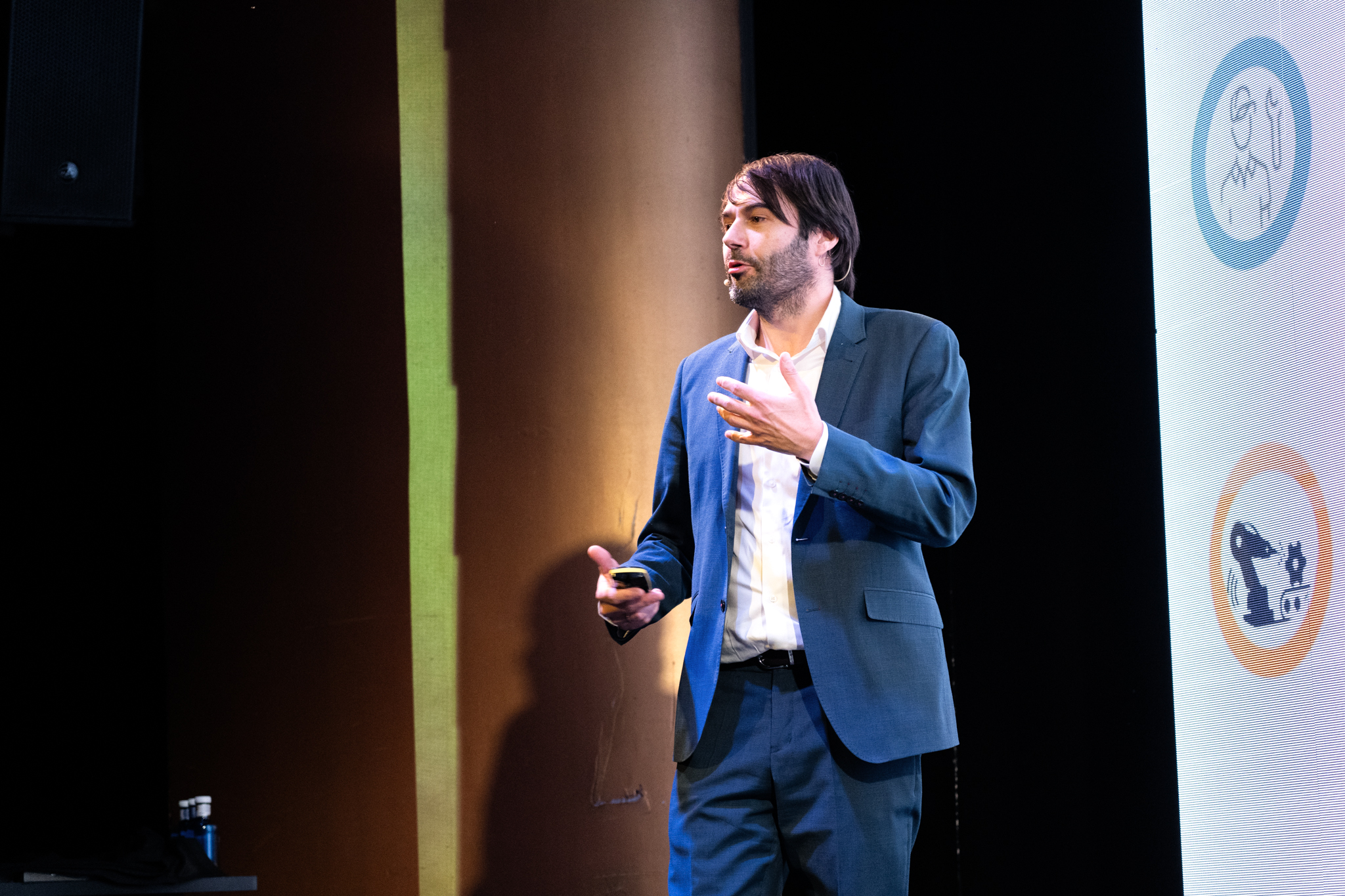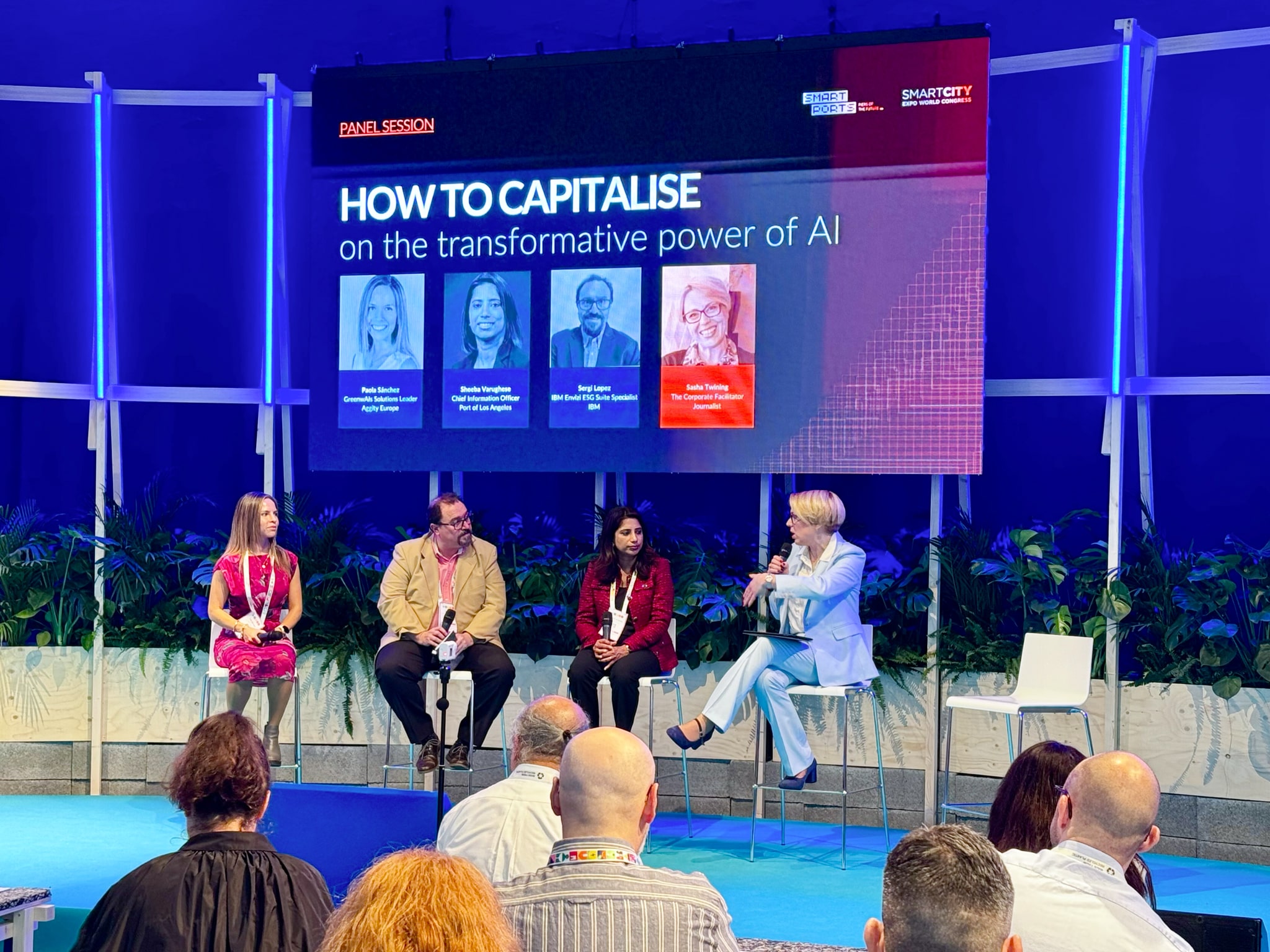Effective organizational transformation strategies

Organizational transformation is critical for companies seeking to adapt and thrive in today’s dynamic business environment. Moving forward, which requires strong leadership and commitment at all levels, involves re-evaluating and restructuring processes, culture and strategies.
Tabla de contenidos
ToggleDiscover how to implement organizational transformation to drive innovation and efficiency in your company. Key strategies included.
Organizational transformation is a key element for all companies that want to compete successfully in today’s environment where change is constant and resilience to adverse situations is imperative. As a result, adaptability becomes an essential factor for the company to evolve and succeed in the long term.
The different digital transformation strategies of companies do not only affect the implementation of new technologies. Change management in organizations also involves organizational culture and the transformation of the way of working and, in this sense, organizational transformation must be part of the pillars on which digitalization processes are based.
How to implement it
As is the case in practically all digitization processes in companies, organizational transformation must begin with the development of a clear and shared vision of where the organization wants to go. This first element must articulate the objectives to be achieved and the benefits it will bring to the company.
At this point, it is necessary that all the different levels of the company are informed and committed to the changes in order to better adapt the company to new trends. With this, operational efficiency and transformation will become two elements that will go hand in hand for an agile workplace transformation to take place.

The role of HR
In an organizational transformation scheme, it is the HR department that must exercise leadership for organizational change. His job is to involve employees in the process, listening to their ideas and concerns. This will accelerate the development and training in the digital era of all of them and, at the same time, foster a culture of collaboration in the organization.
People are a company’s main asset, so empowering employees and making them feel valued will reinforce their commitment to the organizational transformation process and result in continuous improvement in human resources. The integration of digital HR tools such as those that make up the BesTalent IA by aggity platform help to develop this work and the creation, in turn, of flatter leadership structures that allow the generation of opportunities for professional development.
Strategic use of technology
Innovation in HR management is one of the key elements when it comes to carrying out an organizational transformation process. The use of technology will speed up execution times and improve the company’s efficiency and capacity for innovation.
Implement collaboration, process automation or data analysis tools to obtain success metrics for organizational transformation.
The key, however, should not lie only in incorporating technology in HR transformation, but it is important to invest time and resources in strategic HR planning. strategic HR planning, training and development It is important to invest time and resources in strategic HR planning, as well as in training and staff development in order to develop the talent and skills needed to take full advantage of these new technologies.

Continuous measurement and adjustment
Finally, it is necessary to know the data on the evolution of the organizational transformation project. In this way, the Human Resources department will obtain relevant information on aspects such as the level of adaptation of the employees to the new way of working and the impact of organizational climate and culture on the company’s productivity, as well as details on the impact that the new strategy has had on such important aspects as the sustainability and social responsibility in the transformation process, its reputation as a employer brand or customers’ perception of the brand or brand name.
All this data will enable the organization to adjust the transformation strategy as the business needs and environment evolve.
Últimos posts

aggity strengthens its commitment to sustainability as a SILVER partner of “Fundación Empresa & Clima”.

aggity participates in the IBM Ecosystem Summit 2024 with an applied case of Generative AI in the food industry

Aggity, together with the multinational Fortinet, present an exclusive event in Lima on the application of Generative AI in Corporate Cybersecurity.

aggity participates in Smart Ports: Piers of the Future

aggity Supports the Contigo Foundation at its Annual Dinner

Challenges and Opportunities of Generative AI in Industry: Our Experience at BNEW

Official Liferay Partner in Spain





